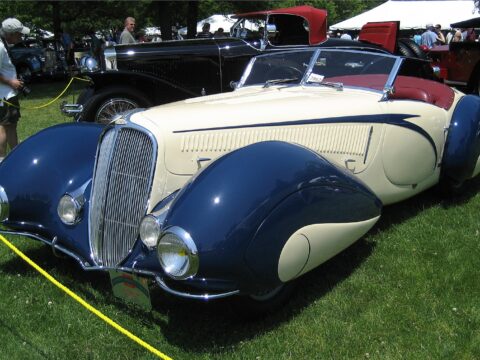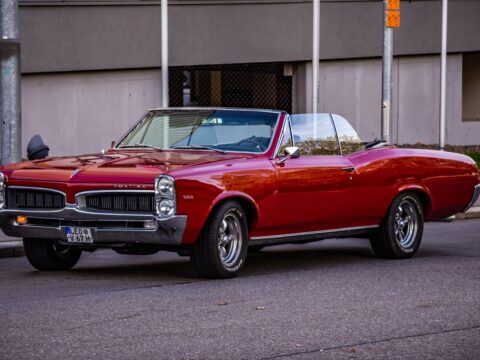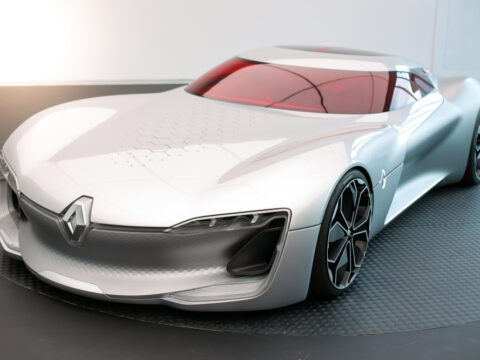The 1960s and 1970s were an iconic era for car design and culture, but not every model from this time is remembered fondly. While many vehicles became famous for their style and performance, others were plagued by underperforming engines that tarnished their reputations. Here, we explore a selection of these cars, focusing on those whose engines were notorious for their problems, impacting both performance and reliability.
Contents
Fiat 124 Spider (1966-1985)

The Fiat 124 Spider combined a stylish Italian design with a capable twin-cam engine, but it was frequently criticized for reliability issues, especially related to rust and electrical problems. These issues not only led to frequent breakdowns but also affected the car’s overall market appeal, especially in markets with harsher climates.
AMC Rambler Marlin (1965)
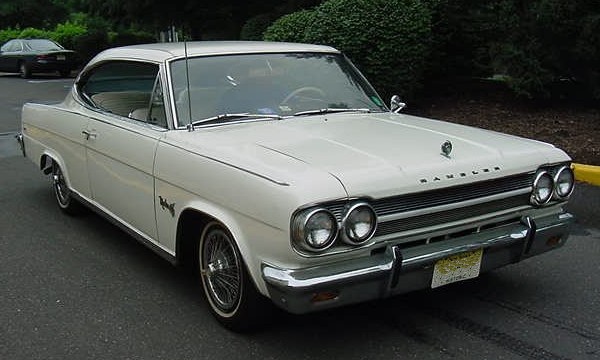
The 1965 AMC Rambler Marlin attempted to enter the sporty, performance-oriented market but was held back by its inadequate engine options. The base 232 cubic-inch inline-six engine lacked sufficient power to support the car’s ambitious design and performance goals, resulting in sluggish acceleration and poor overall performance. This discrepancy between style and substance made the Marlin a hard sell to consumers looking for genuine performance.
Pontiac GTO (1973)

In 1973, the Pontiac GTO was impacted by emissions standards that significantly detuned its once mighty engines. The reduction in horsepower diminished the car’s acceleration and speed and eroded its identity as a dominant muscle car. The weakened engine led to a lack of interest from performance enthusiasts, contributing to its fading legacy in the muscle car era.
Dodge Dart (1962)
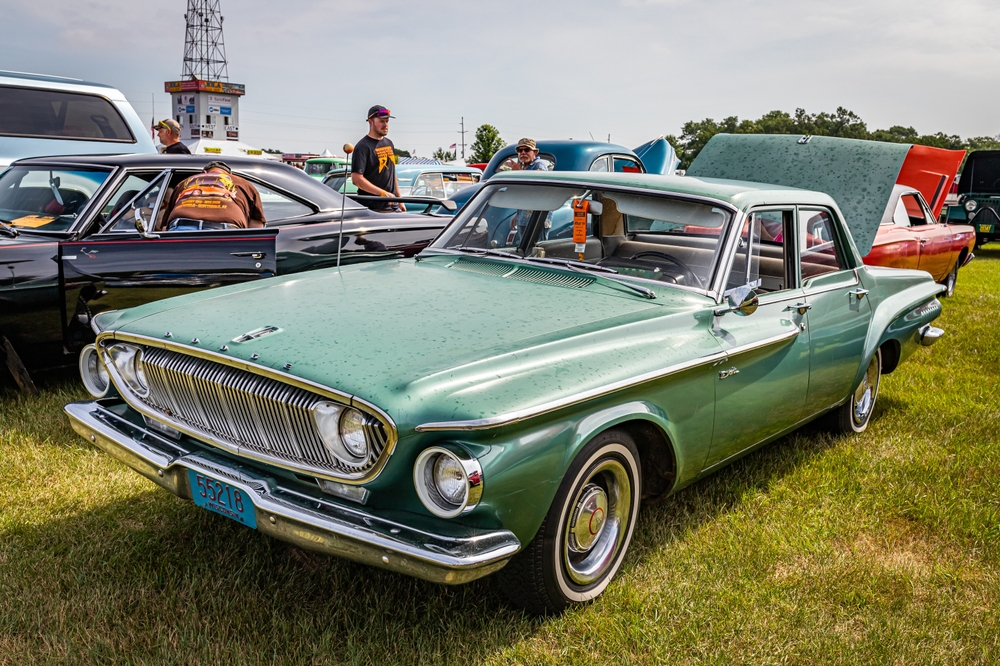
The 1962 Dodge Dart was initially praised for its compact and efficient design but quickly criticized for the underperformance of its base slant-six engine. While practical, the engine failed to deliver the power expected of American cars during the era, leading to issues with reliability and a perception of the Dart as underpowered, particularly compared to its V8-equipped competitors.
Plymouth Roadrunner (1975)

The 1975 Plymouth Roadrunner suffered from the performance downgrade common in the era of stricter emissions controls. The engines provided were less powerful and more prone to mechanical issues, reducing the car’s appeal to enthusiasts and undermining its reputation as a performance vehicle.
Chevrolet Vega (1971-1977)
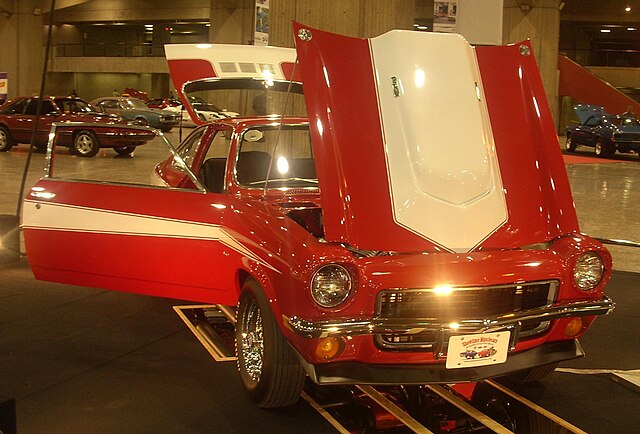
The Chevrolet Vega, introduced in 1971, featured an innovative aluminum engine that unfortunately became notorious for its susceptibility to overheating, rapid wear, and other reliability issues. These problems frequently led to engine failure and costly repairs, tarnishing Vega’s reputation and leading to significant financial losses for Chevrolet through recalls and repairs.
Ford Mustang II (1974)
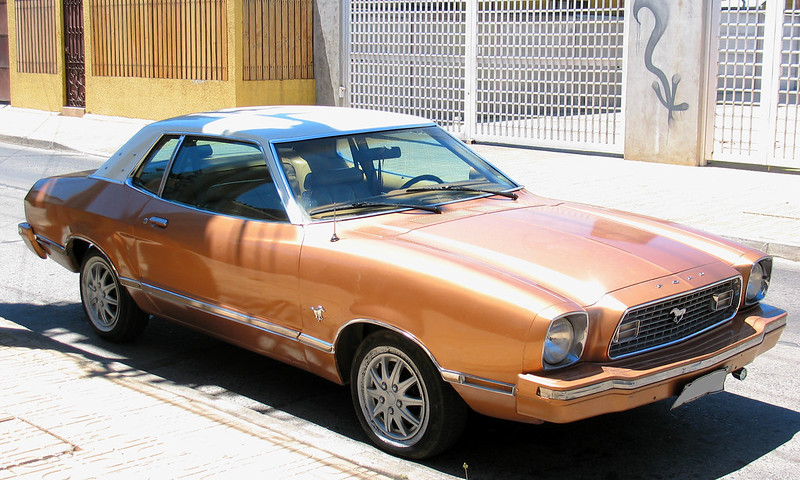
The Ford Mustang II, introduced during the oil crisis, was equipped with a smaller, more fuel-efficient engine to meet new standards. However, this 2.3-liter four-cylinder engine was widely criticized for its inadequate power and poor performance, failing to live up to the Mustang’s storied performance heritage and disappointing fans and new buyers alike.
Chevrolet Corvair (1960-1969)
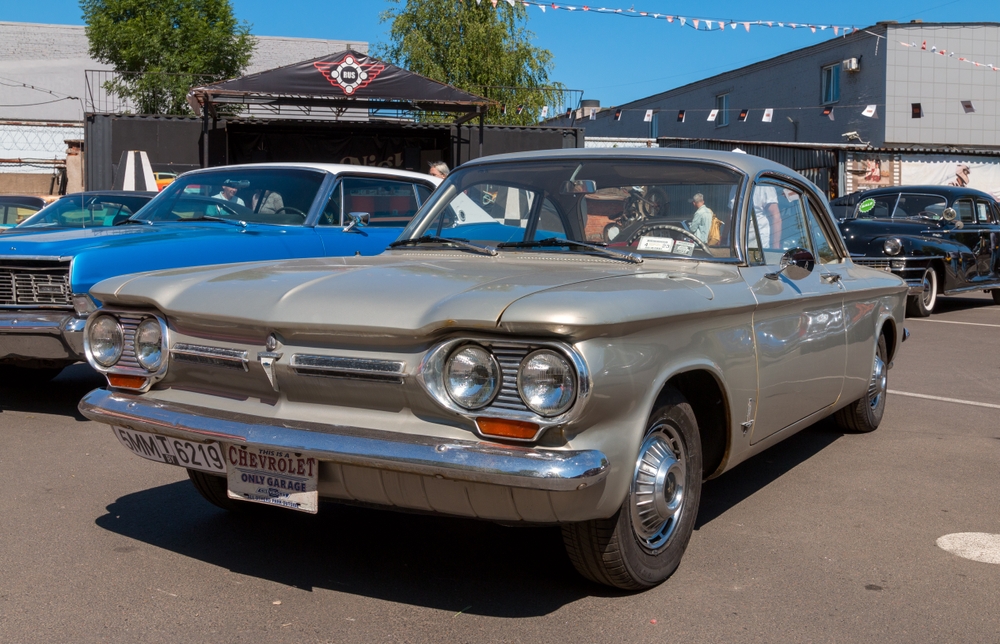
The Chevrolet Corvair’s rear-mounted air-cooled engine was innovative for its time but led to numerous issues, including overheating and unstable handling, exacerbated by its unconventional design. The car’s safety and reliability were publicly criticized by consumer advocate Ralph Nader, leading to a decline in popularity and ultimately contributing to its discontinuation.
Jaguar XJ6 (1968-1973)
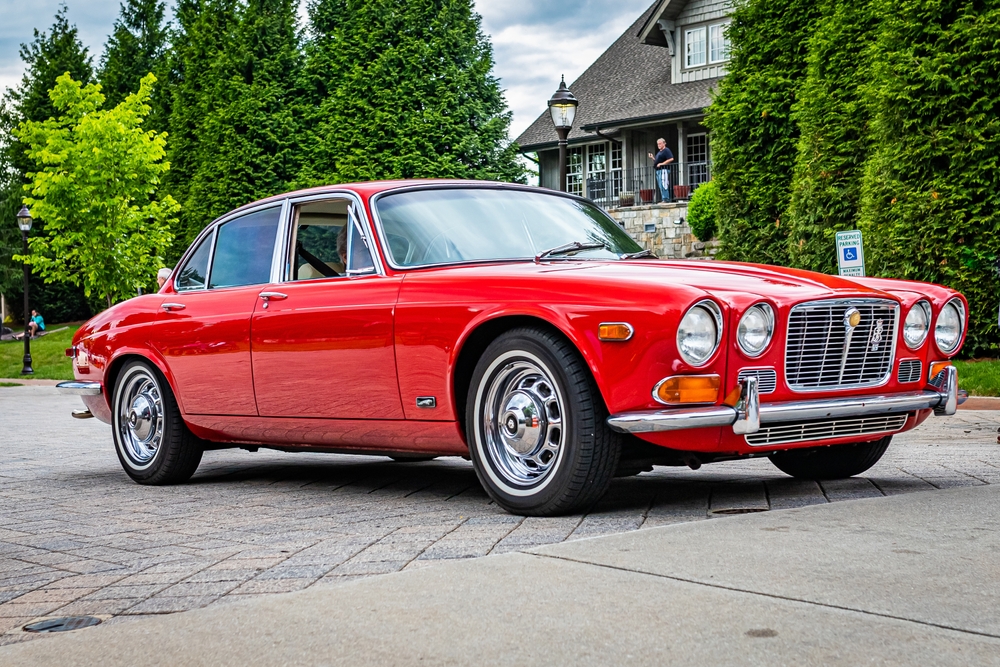
The Jaguar XJ6 was equipped with a sophisticated 4.2-liter inline-six engine that, while capable of smooth performance, was plagued by maintenance complexities and frequent mechanical failures. Issues such as overheating and problematic carburetors detracted significantly from the car’s reliability and luxury status.
Triumph Stag (1970-1977)
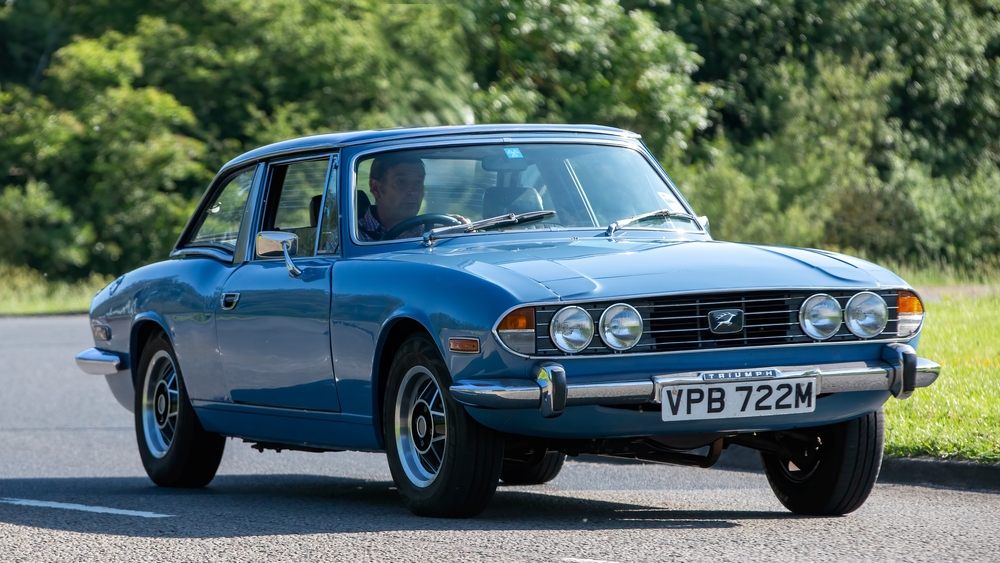
The Triumph Stag was designed to be a luxury grand tourer but was let down by its 3.0-liter V8 engine, which had chronic overheating problems due to a poorly designed cooling system. These issues were so severe that they often led to engine failure, overshadowing the car’s otherwise appealing design and features.
This article originally appeared on MyCarMakesNoise.
More from MyCarMakesNoise
Top 20 Longest-Range Electric Cars Available Now
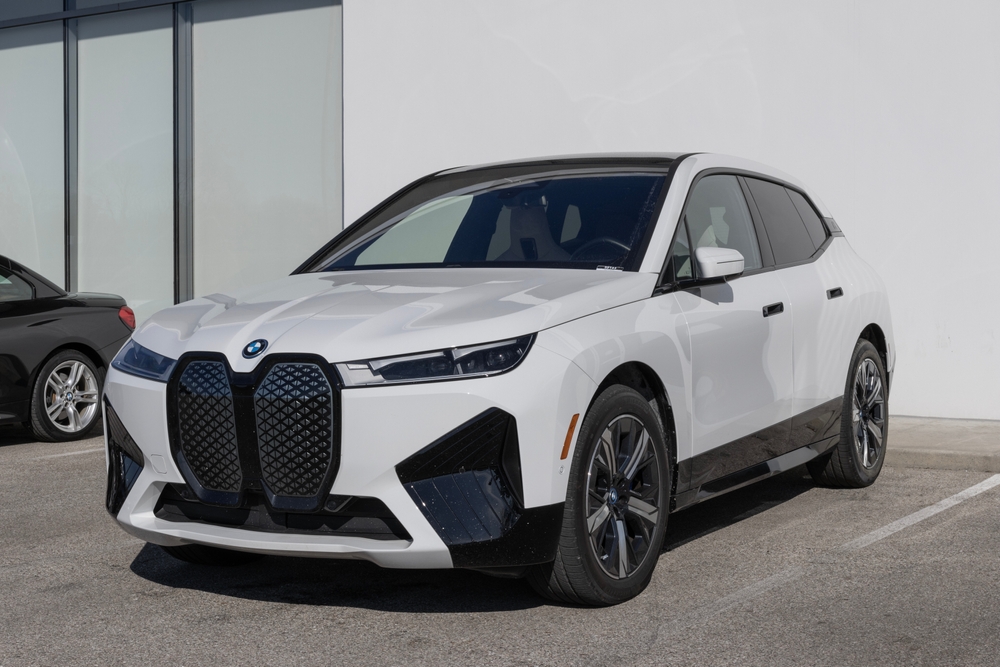
In the rapidly evolving world of electric vehicles (EVs), range remains one of the most crucial factors for potential buyers. As technology advances, today’s EVs offer impressive mileage on a single charge, making them practical for daily commutes and long-distance travel alike. Read More.
17 Most Iconic and Stylish Vintage Cars

Vintage cars hold a special place in automotive history, representing the pinnacle of design and engineering from past eras. We’ll explore 17 of the most iconic and stylish vintage cars that have left an indelible mark on car culture. Read More.
16 Key Milestones in the Evolution of Tanks

Tanks have played a crucial role in shaping modern warfare, evolving significantly since their introduction in World War I. From the early designs that changed battlefield strategies to the advanced technology of today, each milestone marks a step forward in combat effectiveness and innovation. Read More.

